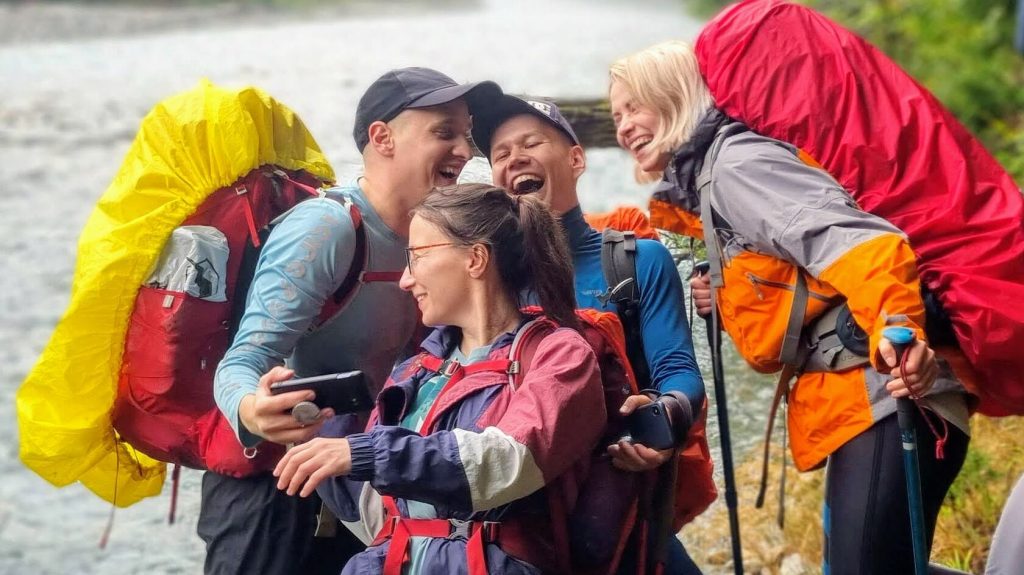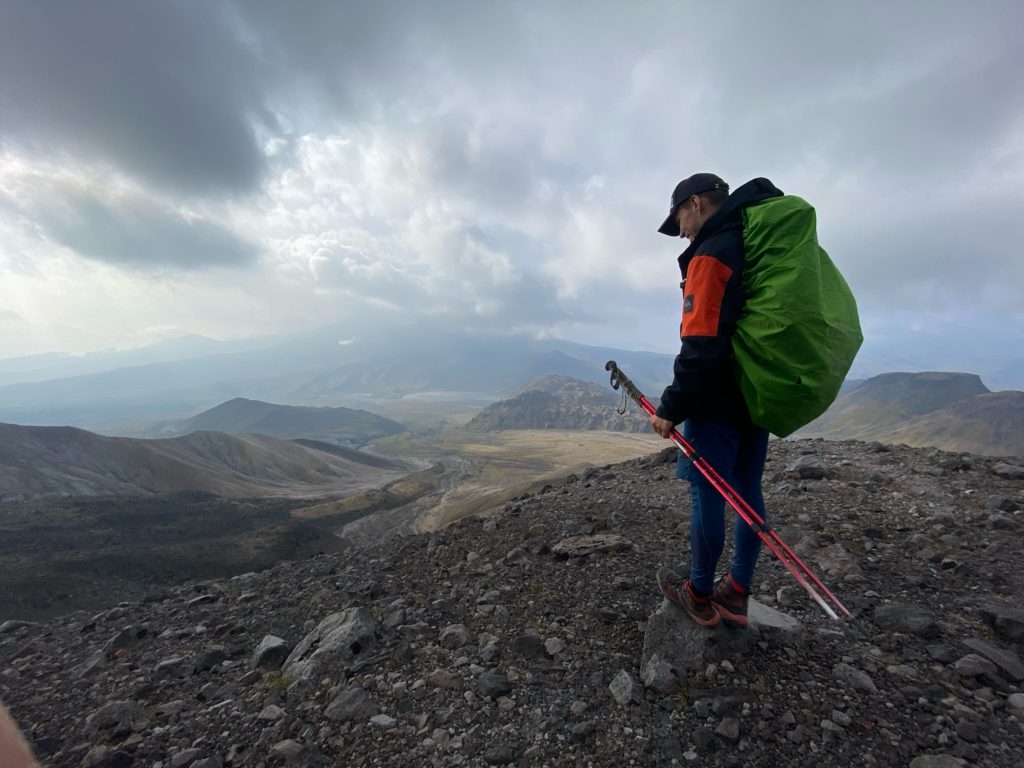Embarking on your first multi-day hike is an exhilarating leap into the wilderness, where every step promises adventure and discovery. Yet, it requires careful preparation and guidance to guarantee a trek that is both pleasant and safe. From packing essentials to mastering outdoor skills, let these 7 tips be your compass as you set forth on your first multi-day journey.

It’s All About Planning
Do thorough research on the area where you’ll be hiking. Consult official sources such as guidelines provided by local authorities and seek out unofficial insights on community forums. You should get accurate data on the terrain, weather, rules and regulations, and the availability of campsites and water sources. Pay special attention to trail closures and trail markings. Additionally, learn about local flora and fauna to be aware of wildlife there. Make sure you know a poisonous plant when you see one.
Your next step is to create a detailed daily itinerary. The route should be planned meticulously, marking distance and elevation gain, estimated time for each hike section, stops, campsites, and water refill points. See the example route below.
Build Up Your Physical Endurance
A multi-day hike with nearly thirty pounds of gear on your back is tough. To improve your overall physical condition and build resilience and flexibility, you should start training at least several weeks before your trip.
The best way to prepare for a hike? Hike. Go for shorter distances with a loaded backpack in diverse weather conditions and gradually increase the distance and elevation gain.
It may also be a good idea to hit the gym. Hiking engages your entire body, so train all key muscle groups, with a particular emphasis on strengthening your core and legs. Incorporate flexibility exercises and a stair climber into your workout routine.
Pack Smart
On a multi-day journey, every pound matters. Though a several day hike inevitably means a weightier backpack, you can take some steps to minimize the load and maximize your comfort along the trail.
Opt for lightweight, space-saving gear with multiple compartments designed for multi-day trips, like a compression sack or a tactical backpack. Think thoroughly about each item that goes into your backpack. Carry only the essentials: food and water supplies, navigation tools, clothing, a tent, a sleeping bag, a first aid kit, and a flashlight. Bring cooking utensils if you plan to prepare a meal on your way.
Fashion sacrifices may have to be made, but bring clothing for all weathers. Going for multiple layers that can be easily added or removed in case weather changes is a good idea. Ensure you include a waterproof jacket and pants to shield against rain.
Finally, pack smart. Organize your gear and categorize your clothes by type. Pack heavy items near your back and essentials like navigation tools and water in easily accessible pockets.

Craft a Meal & Water Refill Plan
Plan some simple, wholesome meals to provide your body with energy and nutrients throughout the hike. Choosing dehydrated and freeze and dried food may be the best choice on a hike. If you go for fresh food, keep in mind that you need to eat it first.
Bring high-energy snacks such as energy bars, dried fruits, trail mix, nuts, and whole grain crackers to refuel quickly. If your route goes through towns and villages, map out food places and stores in advance to have a nice meal and refill your supplies. If you fantasize about cooking in the wilderness, get a portable stove. For what could be more delightful than preparing a comforting meal in the tranquility of the great outdoors? We get you.
Pay special attention to proper hydration. Drink plenty of fluids on your way and plan water refill points. If your route is especially remote, it may be helpful to bring a powdered sports drink mix to stay hydrated and a water filter or purification tablets in case you have to drink from natural sources.
Get Prepared for Emergencies
Exploring remote areas comes with its own set of risks and challenges. To ensure your safety and readiness for any unexpected events, consider the following measures:
- Carry printed copies of your map. While handheld GPS devices are our go-to, having a paper map as a backup can be invaluable if technology fails.
- Have some cash on hand to replenish your supplies in towns and villages.
- Consider getting a personal locator beacon (PLB), a signal mirror, and a whistle for emergencies.
- Ultimately, inform your loved ones about your itinerary and regularly update them on your whereabouts.
Master the Essentials of First Aid
One essential item you should never hike without is a well-stocked first aid kit, especially when going into faraway and challenging areas with little or no access to medical care. Put together a first aid kit to carry with you. It should contain supplies for wound cleaning and dressing, essential tools such as tweezers and scissors, and necessary medication.
Consider taking a wilderness first aid course beforehand. Knowing how to treat common injuries on the trail, such as blisters, cuts, sprained ankles, and allergic reactions, can make all the difference if an emergency occurs. You should also be able to deal with bleeding control and infection prevention.
Brush Up on Your Outdoor Skills

You should not embark on a multi-day hike without proper knowledge of basic outdoor and survival skills. This encompasses:
Map reading and navigation. If there is no cell service or your GPS device fails, the ability to read a paper topographic map and use a compass becomes paramount. In an emergency, rely on nature’s indicators by observing the position of the sun, the growth patterns of plants, and the direction of the wind.
With your phone fully charged, you can always turn to our app with offline maps to navigate your route. That being said, still learn map reading.
Finding shelter. Practice setting up a tent to do it quickly on the hike, and consider learning about natural shelters. You should know what natural sites can serve as shelter and be able to construct one using natural materials.
Fire making. Mastering the art of building and maintaining a fire is not only a valuable skill for warmth and cooking but also for signaling in case of emergencies. Bring matches, lighters, or fire starters with you, but also learn natural methods like friction fire techniques.
Cooking on a portable stove. Familiarize yourself with your stove’s operation, including fuel management, ignition, and flame control. Experiment with different cooking methods and recipes before embarking on your journey.
The Last Word
Itinerary planned, gear packed, meals pre-made, relatives informed, and you are good to go exploring the great outdoors. Lace-up your boots and start creating stories that will last a lifetime.
Happy hiking!
You might also like these articles:
A Beginner’s Guide to Ultra-Cycling
Bikepacking Food Planning: Key Insights and 20 Meal Ideas
The 2024 Calendar of Ultra-Distance Cycling Events Around the World